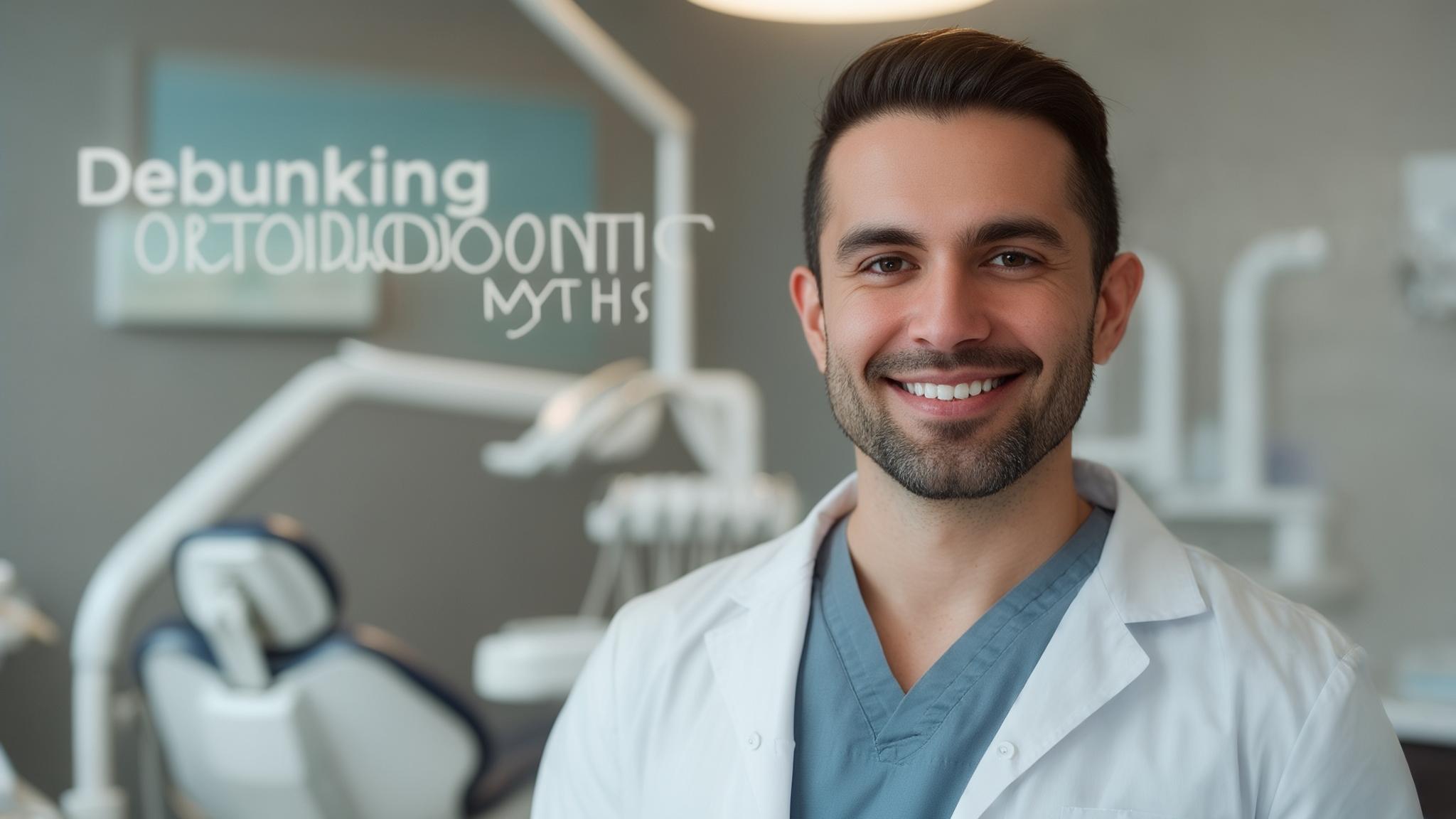Introduction
Orthodontics is a specialized branch of dentistry that focuses on diagnosing, preventing, and correcting misaligned teeth and jaws. Often, people associate orthodontics solely with braces and teenagers, but there's much more to it. Addressing myths surrounding orthodontic treatment is crucial because misinformation can lead to unnecessary fear or avoidance of beneficial treatments. This article aims to separate facts from fiction, providing clarity on common misconceptions about orthodontics.
Common Myths About Orthodontic Treatment
Myth 1: Orthodontics is Only for Children and Teenagers
Many people believe that orthodontic treatment is reserved for children and teenagers, but this is far from the truth. While it's common for younger individuals to receive treatment, adults can also benefit greatly. In fact, more adults are seeking orthodontic care than ever before, thanks to advances in technology and treatment options that cater to mature patients.
Myth 2: Orthodontic Treatment is Purely Cosmetic
Another common misconception is that orthodontics is only about improving appearance. While achieving a beautiful smile is a significant benefit, orthodontic treatment also addresses functional issues. Proper alignment can improve bite function, reduce wear on teeth, and even alleviate jaw pain, contributing to better oral health and overall well-being.
Myth 3: Braces Are Extremely Painful
Many fear the pain associated with braces, but the reality is less daunting. While some discomfort is normal, especially after adjustments, it is typically manageable with over-the-counter pain relievers. Modern braces are designed to be more comfortable than ever, and orthodontists offer various pain management techniques to ease the process.
Myth 4: All Orthodontic Treatments Take the Same Amount of Time
The duration of orthodontic treatment varies widely depending on individual needs. Factors such as the severity of misalignment, the type of treatment chosen, and patient compliance all play a role. Orthodontists develop personalized treatment plans to ensure the most effective and efficient outcomes for each patient.
Myth 5: Retainers Are Optional After Braces
Retainers are an essential part of maintaining the results achieved with braces. Without them, teeth can gradually return to their original positions, undoing the progress made. Wearing retainers as prescribed is crucial to preserving the alignment and ensuring long-term success.
Addressing Misconceptions About Orthodontic Devices
Myth 6: Clear Aligners Are Not as Effective as Traditional Braces
Clear aligners, like Invisalign, have gained popularity for their discreet appearance, but some doubt their effectiveness. These aligners are highly effective for many cases, using a series of custom-made trays to gradually shift teeth. They are particularly suitable for mild to moderate alignment issues.
Myth 7: Orthodontic Treatment is Only for Straightening Teeth
Orthodontic treatment is not limited to straightening teeth. It also addresses various issues such as bite problems and jaw misalignment. Orthodontists take a comprehensive approach, considering the entire mouth's health to improve function and aesthetics.
Myth 8: You Can’t Play Sports with Braces
Many athletes worry that braces will hinder their performance or increase injury risk. However, with the use of protective mouthguards, playing sports with braces is safe. Many professional athletes have successfully undergone orthodontic treatment while continuing to excel in their sports.
The Role of Orthodontists
Orthodontists are specialists in their field, distinct from general dentists. They undergo additional training to diagnose and treat complex dental and facial irregularities. Professional evaluation and treatment planning are crucial for effective orthodontic care. Orthodontists stay updated with ongoing education and advancements, ensuring they provide the best possible care.
Conclusion
Debunking myths in orthodontics is vital for making informed decisions about dental care. Understanding the realities of orthodontic treatment encourages individuals to seek professional advice and consider the benefits of treatment. With accurate information, patients can confidently embark on their journey to a healthier, more beautiful smile.
References
- American Association of Orthodontists
- Journal of Orthodontics
- "The Truth About Braces: Myths and Facts," Dental Health Magazine
For further reading on orthodontics, consider exploring these resources and consulting with a qualified orthodontist.

